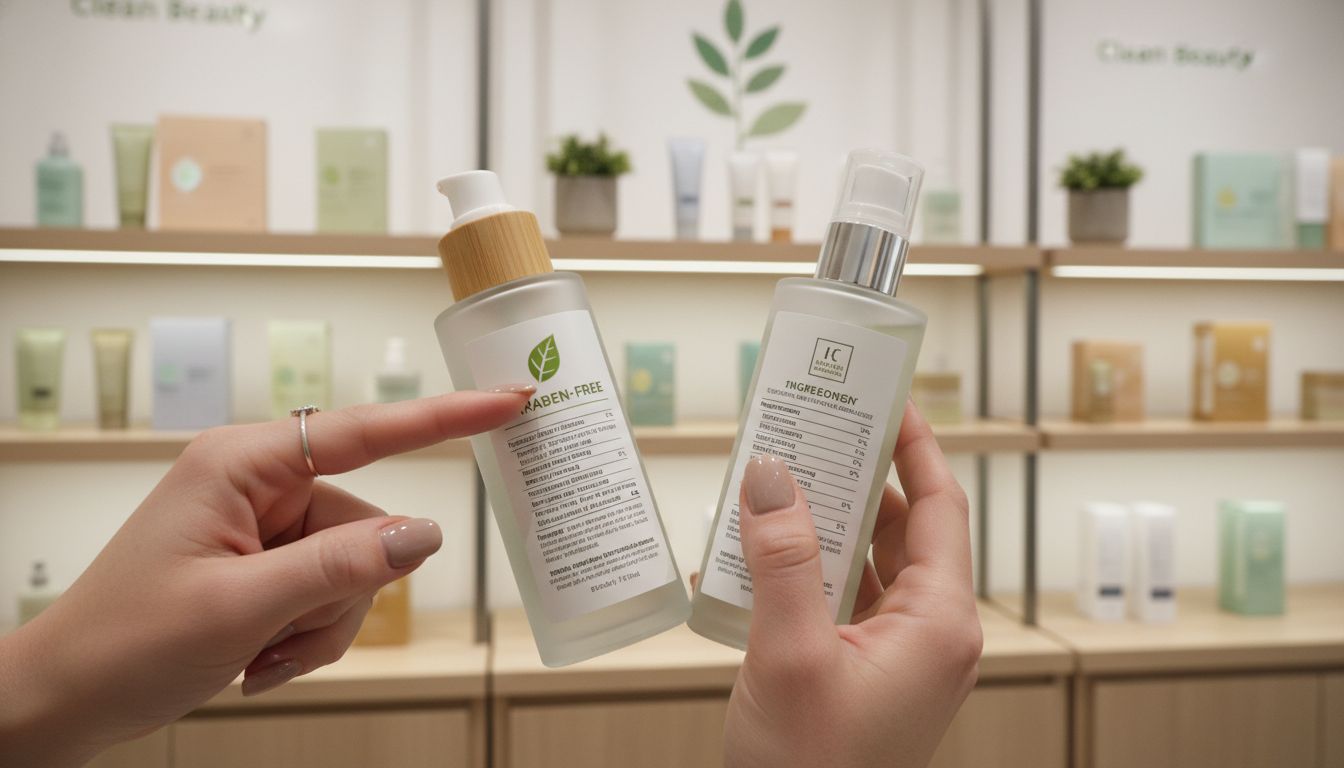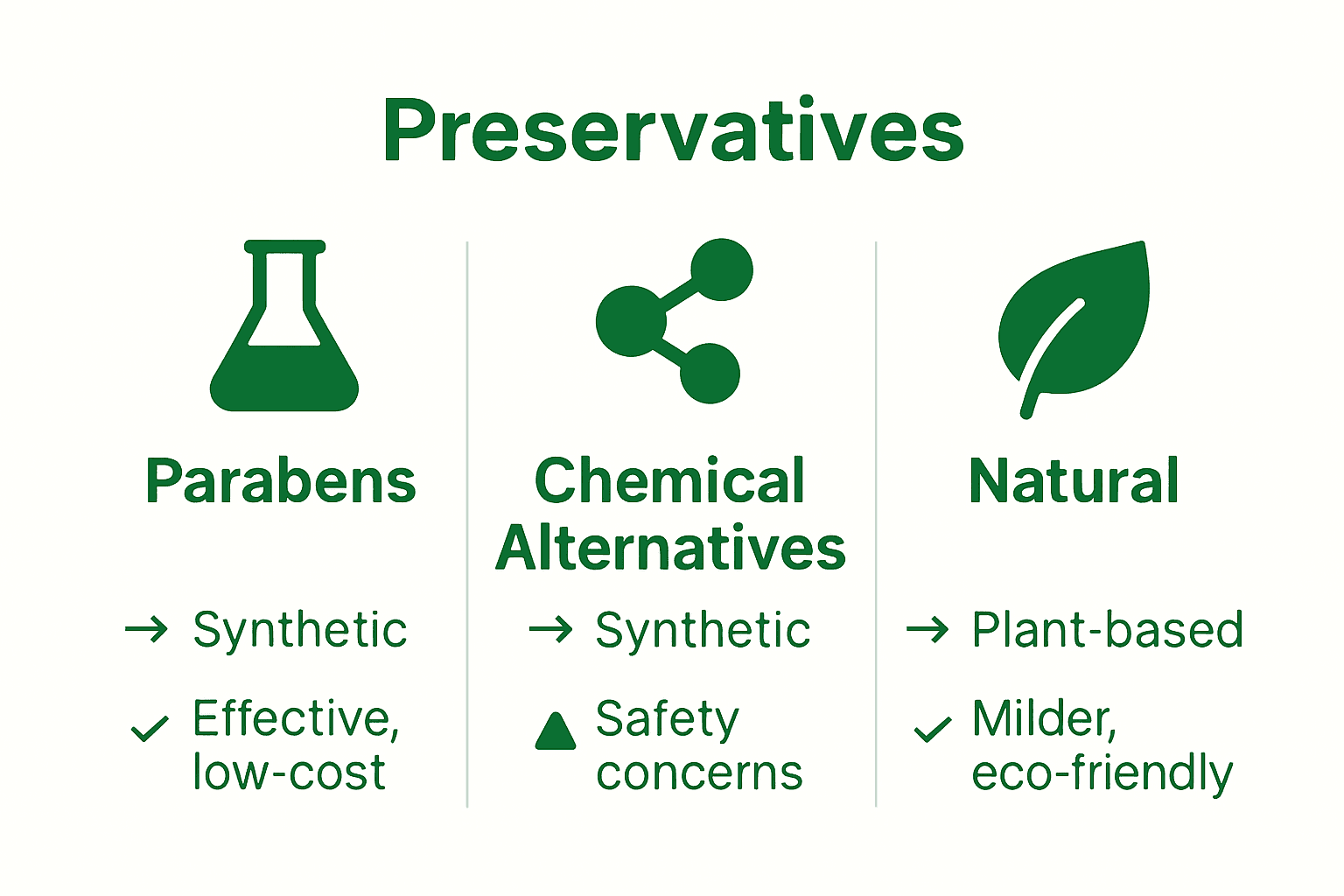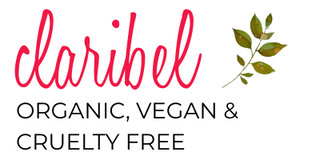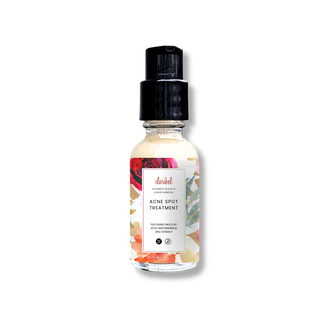Nearly 60 percent of beauty products now advertise themselves as paraben-free, reflecting a major shift in what shoppers want for their skin and hair. People are paying closer attention to ingredient labels, questioning the long-term effects of preservatives once considered standard. Understanding what paraben-free means can help you make thoughtful decisions about the products you trust every day and support a safer skincare routine.
Table of Contents
- What Paraben‑Free Means
- How Parabens Work As Preservatives
- Why Paraben‑Free Matters for Health
- Common Alternatives and Preservation Methods
- Label Claims and Regulatory Context
Key Takeaways
| Point | Details |
|---|---|
| Paraben-free Definition | Paraben-free indicates products formulated without parabens, which are synthetic preservatives used widely in cosmetics. |
| Health Concerns | Increased scrutiny over parabens stems from their potential to mimic estrogen and disrupt hormonal functions, prompting greater demand for paraben-free alternatives. |
| Alternative Preservation Methods | Brands are increasingly adopting natural preservatives and innovative formulations to ensure product safety without using parabens. |
| Label Claims Understanding | Consumers should critically evaluate paraben-free claims by checking ingredient lists and understanding the preservatives used, as regulatory guidelines are limited. |
What Paraben‑Free Means
When it comes to personal care products, paraben-free has become more than just a buzzword. According to the FDA, paraben-free refers to products formulated without parabens, which are a class of preservatives traditionally used in cosmetics to prevent microbial growth and extend shelf life.
Parabens are synthetic chemicals commonly found in beauty and personal care products like makeup, moisturizers, shampoos, and deodorants. Their primary function is to stop bacteria and fungus from developing, essentially acting as a preservative that helps products stay stable and safe for longer periods. However, growing consumer awareness about potential health concerns has sparked significant interest in paraben-free alternatives.
Key characteristics of paraben-free products include:
- No synthetic preservative chemicals
- Lower risk of potential skin irritation
- More natural ingredient profiles
- Typically aligned with cleaner beauty standards
By choosing paraben-free products, consumers are making a proactive decision about the ingredients they allow in their personal care routine, prioritizing potentially safer and more natural formulations.
 When shopping for paraben-free options, check product labels carefully and look for clear “paraben-free” declarations or ingredient lists that do not include terms like methylparaben, propylparaben, butylparaben, or ethylparaben.
When shopping for paraben-free options, check product labels carefully and look for clear “paraben-free” declarations or ingredient lists that do not include terms like methylparaben, propylparaben, butylparaben, or ethylparaben.
How Parabens Work As Preservatives
Preservatives play a critical role in keeping cosmetic and personal care products safe, and parabens have long been the go-to solution for manufacturers. According to the FDA, parabens function as preservatives by inhibiting the growth of harmful bacteria and mold in cosmetic products, thereby extending their shelf life.
The scientific mechanism behind parabens is quite fascinating. These synthetic chemicals work by disrupting the cellular processes of microorganisms, essentially preventing them from reproducing and spreading. When added to products in small concentrations, parabens create an environment that is inhospitable to bacteria, yeast, and fungi.
This means your favorite moisturizer, shampoo, or makeup can remain stable and safe to use for months, even years after manufacturing.
Different types of parabens have varying levels of effectiveness and are often used in combination to provide comprehensive protection:
- Methylparaben: Most common and effective
- Propylparaben: Provides additional antimicrobial coverage
- Butylparaben: Offers extended preservation capabilities
- Ethylparaben: Helps stabilize other preservative ingredients
While parabens have been widely used for decades, increasing consumer awareness about potential health concerns has led many brands to explore alternative preservation methods. These alternatives include natural preservatives like rosemary extract, grapefruit seed extract, and other plant-based compounds that can offer similar protective benefits with potentially fewer health risks.
Why Paraben‑Free Matters for Health
Health-conscious consumers are increasingly scrutinizing the ingredients in their personal care products, and parabens have become a focal point of concern. According to the FDA, some studies have raised critical questions about parabens’ potential to mimic estrogen in the body, which could be linked to potential health risks.
The primary health concerns surrounding parabens stem from their endocrine-disrupting properties. These synthetic preservatives can potentially interfere with the body’s hormonal system, mimicking estrogen and potentially disrupting normal hormonal functions. While research is ongoing, the possibility of hormonal interference has prompted many individuals to seek paraben-free alternatives as a precautionary measure.
Key health considerations for paraben-free products include:
- Reduced potential for hormonal disruption
- Minimized risk of skin irritation
- Lower exposure to synthetic chemical preservatives
- Potential reduction in long-term health risks
For those prioritizing natural and clean beauty, switching to clean ingredient skin care offers a proactive approach to personal care. While scientific consensus is still developing, many health-conscious consumers prefer to err on the side of caution by choosing products that eliminate potentially controversial ingredients like parabens. This approach reflects a growing trend of being more mindful about the long-term impacts of the products we apply to our bodies daily.
Common Alternatives and Preservation Methods
As consumer demand for safer personal care products grows, manufacturers are exploring innovative preservation techniques beyond traditional parabens. According to the FDA, manufacturers may use alternative preservatives such as phenoxyethanol, organic acids, and their salts to maintain product safety without compromising quality.
Natural preservation methods have gained significant traction in recent years. These alternatives focus on plant-based and naturally derived ingredients that offer antimicrobial protection. Some of the most popular natural preservative options include:
- Rosemary extract
- Grapefruit seed extract
- Vitamin E
- Potassium sorbate
- Sodium benzoate
Chemical alternatives like phenoxyethanol have emerged as a prominent paraben replacement. This synthetic preservative provides broad-spectrum protection against bacteria and works effectively in smaller concentrations. When exploring plant-based skin care, consumers can look for products utilizing these innovative preservation techniques that prioritize both product safety and natural ingredient integrity.
Manufacturers are also developing more advanced preservation strategies, including advanced packaging technologies and sophisticated formulation techniques that minimize the need for traditional preservatives. These approaches include using airless packaging, developing water-free formulations, and creating products with naturally antimicrobial ingredients that inherently resist bacterial growth.
Here’s a comparison of common preservatives used in personal care products:

| Preservative Type | Examples | Source | Key Benefits |
|---|---|---|---|
| Parabens | Methylparaben Propylparaben Butylparaben Ethylparaben |
Synthetic | Broad-spectrum protection Long shelf life |
| Chemical Alternatives | Phenoxyethanol | Synthetic | Effective in small doses Wide antimicrobial range |
| Natural Alternatives | Rosemary extract Grapefruit seed extract Vitamin E Potassium sorbate Sodium benzoate |
Plant-based / Natural | Lower health risk Cleaner ingredient profile |
Label Claims and Regulatory Context
Navigating the world of paraben-free labeling can be complex, especially when understanding regulatory guidelines. According to the FDA, in the United States, there are no specific regulations that directly govern ‘paraben-free’ claims, but the agency carefully monitors cosmetic labeling to ensure consumers are not misled.
Consumers should approach paraben-free claims with a discerning eye. While the term suggests the absence of parabens, not all claims are created equal. Some key considerations for interpreting paraben-free labels include:
- Verifying the specific ingredients list
- Understanding the alternative preservatives used
- Checking for third-party certifications
- Researching the brand’s ingredient standards
The lack of strict regulatory oversight means that marketing claims can sometimes be ambiguous. Brands have significant latitude in how they present paraben-free information, which places more responsibility on consumers to be informed. When exploring clean ingredient skin care, it’s crucial to look beyond marketing language and examine the actual product formulation.
Ultimately, while regulatory bodies like the FDA provide general guidance, the most reliable approach is personal research. Consumers should feel empowered to ask questions, read ingredient lists carefully, and choose products that align with their personal health and wellness standards.
Discover Safer Skincare with Paraben‑Free Solutions
Understanding the importance of paraben‑free products means you are ready to take control of what touches your skin. If you struggle with concerns like skin irritation or hormonal sensitivities, switching to clean, natural skincare can offer peace of mind. Our Blemish Prone line is carefully designed for those seeking effective care without synthetic chemicals, including parabens.

Make the switch to our vegan, cruelty-free products that combine powerful, active ingredients with zero fillers or toxins. Explore our full range at Claribel Skincare and feel confident your routine is both safe and effective. Don’t wait—your skin deserves clean care starting today. You can also check out options tailored for Oily skin or strengthen your routine with our Peptides for Skin Care: Fight the Signs of Aging collection. Start your paraben‑free journey now.
Frequently Asked Questions
What does paraben-free mean in personal care products?
Paraben-free products are formulated without parabens, which are synthetic preservatives used in cosmetics to prevent microbial growth. These alternatives often have more natural ingredient profiles and lower risks of skin irritation.
Why are people concerned about parabens in cosmetics?
Concerns about parabens stem from their potential to mimic estrogen in the body, which may disrupt hormonal functions. This raises health concerns for consumers who prefer to avoid synthetic chemicals in their personal care routines.
What are some common alternatives to parabens used in cosmetics?
Common paraben alternatives include natural preservatives like rosemary extract, grapefruit seed extract, and vitamin E, as well as chemical alternatives like phenoxyethanol, which provide broad-spectrum protection against bacteria without the risks associated with parabens.
How can I identify paraben-free products when shopping?
Look for clear “paraben-free” declarations on product labels and check the ingredient list for the absence of terms like methylparaben, propylparaben, butylparaben, or ethylparaben. Researching brands that prioritize clean ingredients can also be helpful.
Recommended
- Clean Ingredient Skin Care: Why It’s the Best Choice – Claribelskincare.com
- Natural Skin Care Ingredients: 33 You Can’t Live Without – Claribelskincare.com
- Cruelty Free Beauty: Everything You Need to Know
- Mineral Sunscreen Daily Moisturizer SPF 25 – Claribelskincare.com
- BPA Free Baby Bottles: What Safety Certs Actually Mean | Family Bottle Fit



